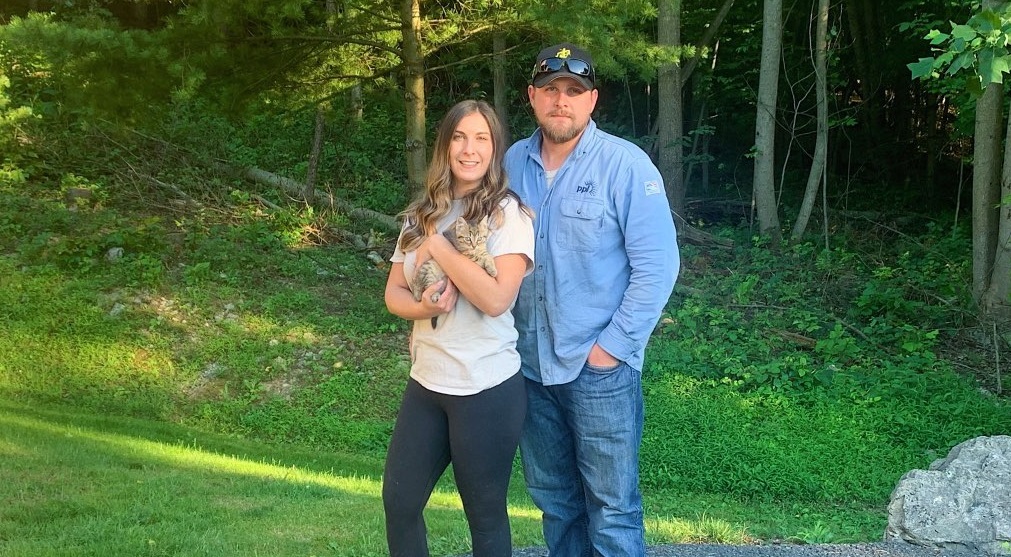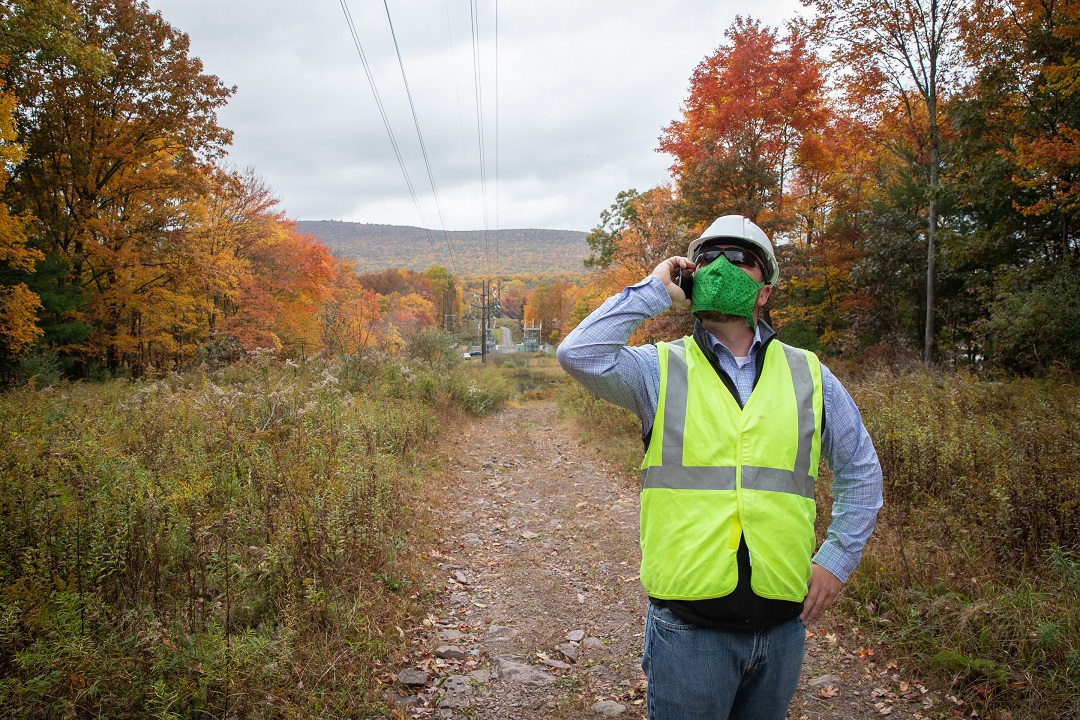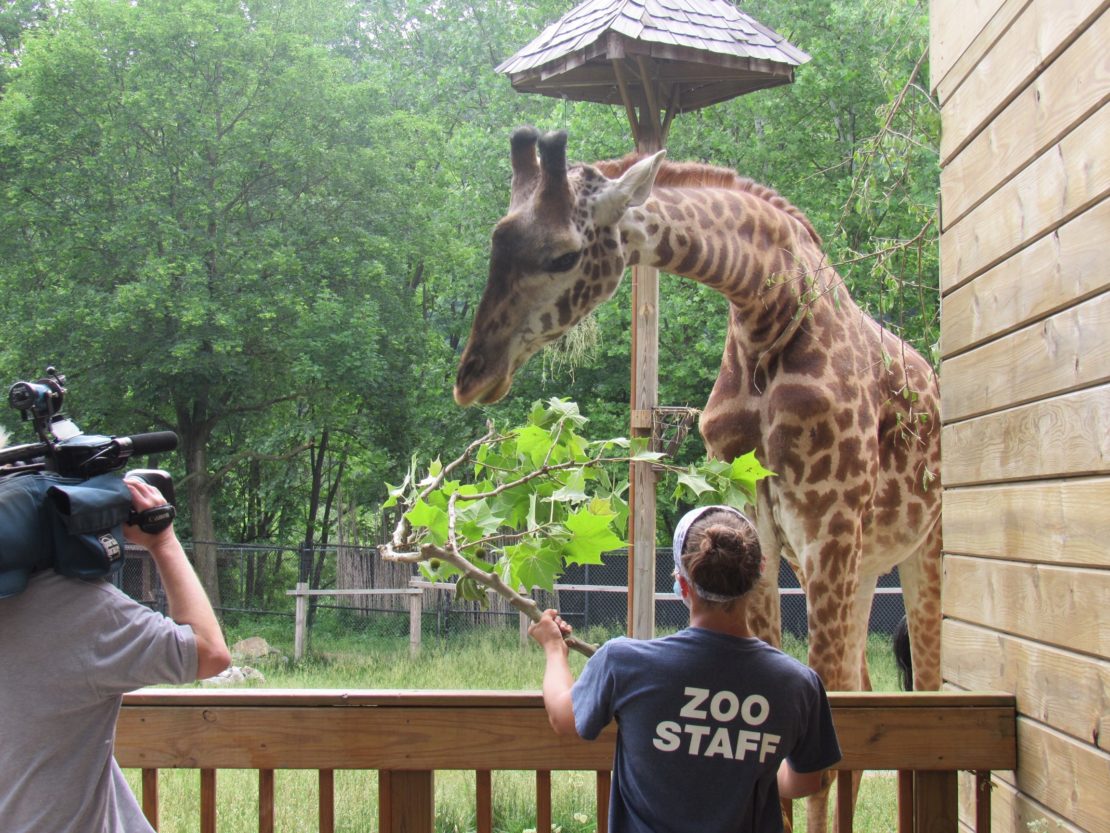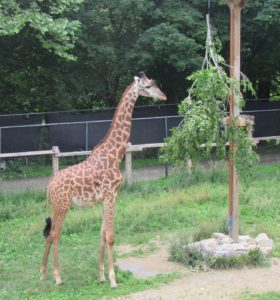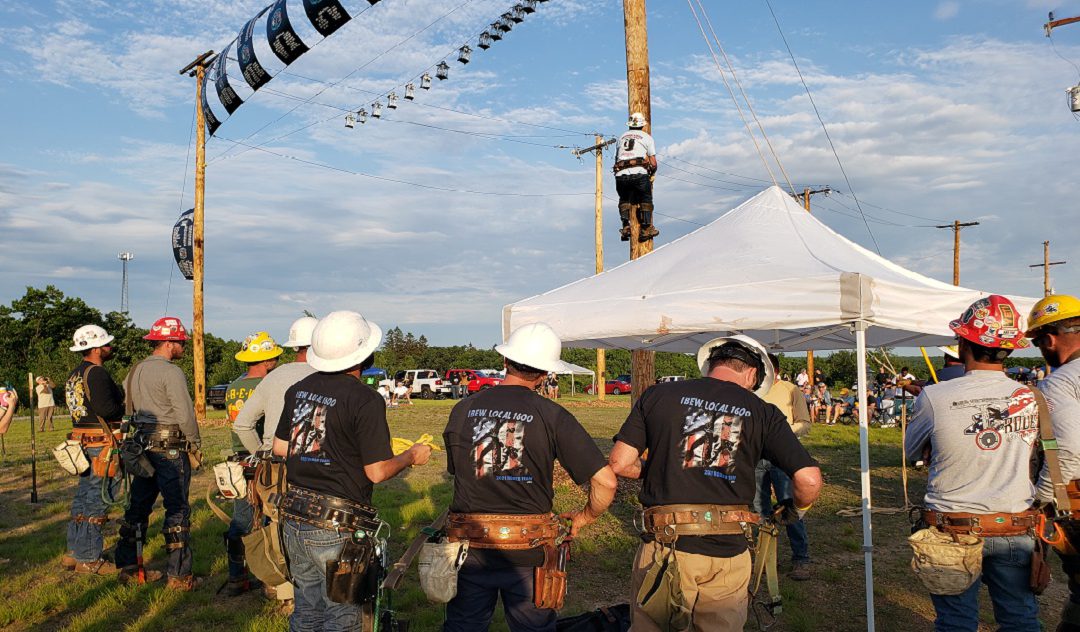
Lineworkers compete for a cause
Keeping the lights on for everyone- in the heat and the cold, when it’s raining or snowing, or even on a blue sky day – is no easy task.
Working in the field requires agility, strength and focus, and commitment to safety above all else.
Earlier this summer, 10 of our lineworkers put their skills to the test in the 9th annual Lineman Rodeo, organized by the National Sisterhood United for Journeyman Linemen (NSUJL), in Hazleton. The two-day event raised money for the families of fallen or injured IBEW (International Brotherhood of Electrical Workers) lineworkers and other electric utility employees.
The PPL crew participated in several events that test their skills against colleagues from utilities, including Speed Climb, Hurtman Rescue, and others. Our linemen and their teams placed in six of the events.
Congratulations to all the competitors!

